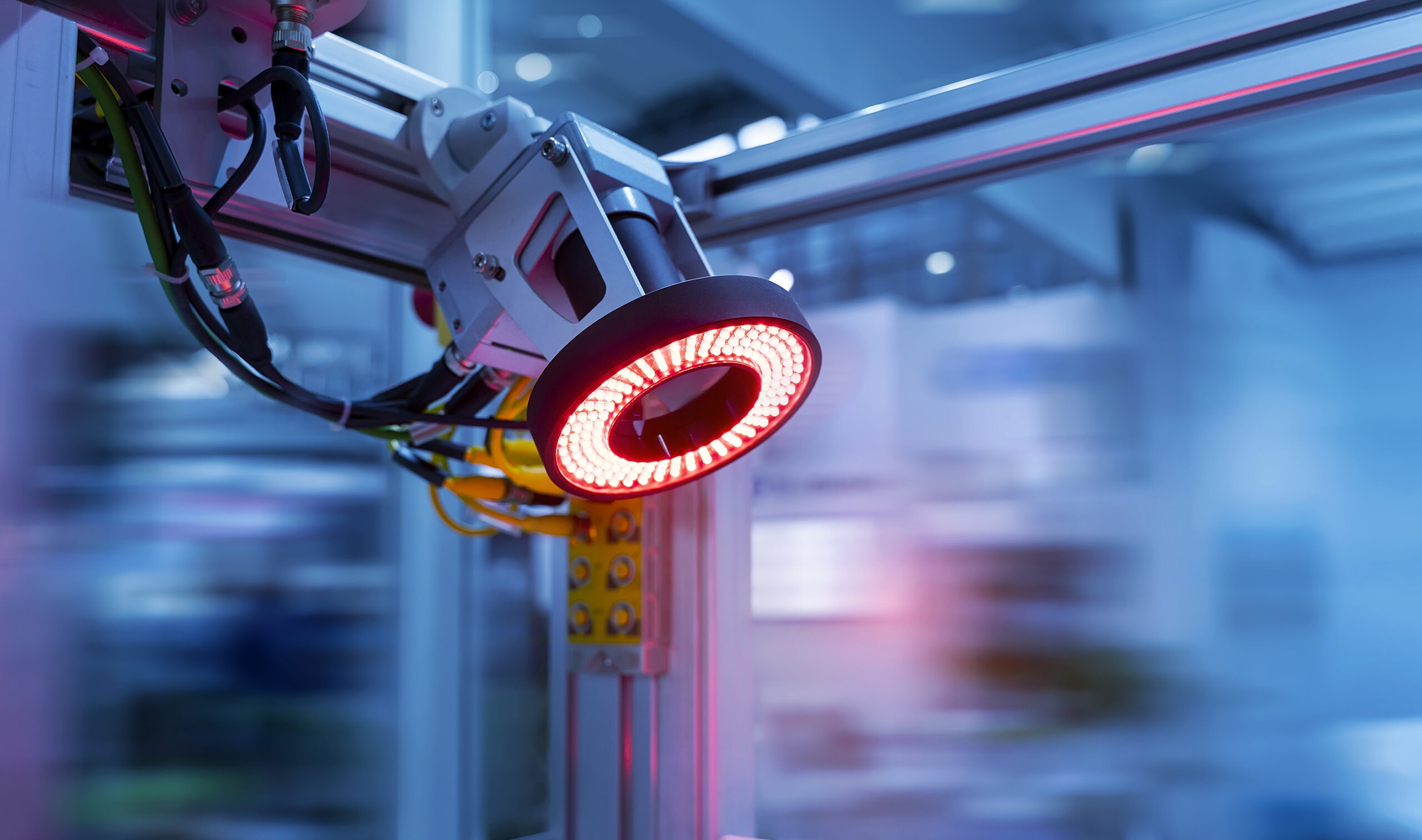In today’s rapidly evolving industrial landscape, machine vision is revolutionizing manufacturing processes by setting new benchmarks in quality, precision, and efficiency. As manufacturers face mounting pressure to optimize production while maintaining strict quality control, machine vision technologies provide the solution to meet and exceed these demands. At Sciotexe, we explore how the latest machine vision innovations are reshaping manufacturing standards across industries.
What is Machine Vision?
Machine vision refers to the use of automated imaging technologies and algorithms to enable machines to “see,” interpret, and respond to their environment. Unlike human vision, machine vision systems rely on cameras, sensors, and software to analyze objects, detect defects, guide robotics, and ensure consistent product quality at speeds unattainable by manual inspection.
How Machine Vision Innovations Are Elevating Manufacturing
1. Enhanced Quality Control and Defect Detection
One of the most significant benefits of machine vision in manufacturing is its unparalleled ability to detect defects in real-time. Traditional manual inspection can be prone to errors and inconsistencies due to human fatigue and subjective judgment. Machine vision systems, on the other hand, utilize high-resolution cameras and AI-powered algorithms to identify minute flaws such as cracks, misalignments, or contamination.
This precision ensures that only products meeting the highest quality standards proceed to the next production stage, reducing waste and minimizing recalls. Innovations such as hyperspectral imaging and 3D vision are pushing defect detection to new heights, enabling manufacturers to maintain stricter quality standards than ever before.
2. Increased Production Efficiency
Machine vision accelerates production by enabling automated inspection and real-time feedback. As the system rapidly scans and analyzes products on the assembly line, it instantly alerts operators or robotic systems to any deviations. This eliminates bottlenecks caused by manual checks and speeds up overall throughput.
Advanced machine vision technologies also support process optimization by collecting detailed data analytics. Manufacturers can leverage this data to fine-tune operations, predict equipment failures, and reduce downtime, thus maximizing productivity and reducing operational costs.
3. Precision Guidance for Robotics and Automation
The integration of machine vision with robotics has transformed automation capabilities. Vision-guided robots can perform complex tasks with remarkable precision — from assembly and packaging to palletizing and material handling. Machine vision provides these robots with spatial awareness, enabling them to locate, pick, and manipulate components with minimal human intervention.
This synergy between machine vision and robotics not only enhances manufacturing speed and accuracy but also promotes workplace safety by reducing human exposure to hazardous environments.
4. Versatility Across Manufacturing Sectors
Machine vision innovations are versatile and applicable to a broad range of manufacturing industries including automotive, electronics, pharmaceuticals, food and beverage, and aerospace. Whether it’s inspecting microchips for electronic devices or verifying the fill levels in pharmaceutical bottles, machine vision systems adapt seamlessly to varied production requirements.
Customizable vision algorithms allow manufacturers to tailor inspection criteria specific to their products, helping meet industry regulations and customer expectations.
Key Technologies Driving Machine Vision Innovation
Several cutting-edge technologies are fueling the evolution of machine vision in manufacturing:
- Artificial Intelligence (AI) and Deep Learning: AI-powered vision systems learn from data, improving defect detection accuracy and reducing false positives.
- 3D Vision: Enables capturing three-dimensional shapes and surface profiles for detailed inspection beyond 2D imaging.
- Hyperspectral Imaging: Captures data across multiple wavelengths to detect chemical composition and hidden defects invisible to traditional cameras.
- Edge Computing: Processes vision data locally, providing faster decision-making and reducing latency on the production line.
These innovations collectively push the boundaries of what machine vision can achieve, setting new standards for manufacturing excellence.
Benefits of Adopting Machine Vision in Manufacturing
- Consistent Quality: Elimination of human error leads to higher product reliability.
- Cost Savings: Reduction in scrap, rework, and warranty claims.
- Faster Time to Market: Automated inspections speed up production cycles.
- Improved Compliance: Automated documentation for industry standards.
- Enhanced Safety: Less manual handling reduces workplace accidents.
Challenges and Considerations
While machine vision systems offer immense benefits, manufacturers should consider factors such as initial investment costs, integration complexity, and ongoing maintenance. Selecting the right camera resolution, lighting, and software customization is critical for system effectiveness.
At Sciotexe, we emphasize the importance of partnering with experienced solution providers to navigate these challenges and maximize the ROI from machine vision implementations.
Conclusion: The Future of Manufacturing is Machine Vision
Machine vision innovations are fundamentally elevating manufacturing standards by enhancing quality, increasing efficiency, and enabling smarter automation. As these technologies continue to advance, manufacturers that embrace machine vision will unlock new levels of productivity, competitiveness, and innovation.
For manufacturers ready to transform their operations, investing in cutting-edge machine vision systems is no longer optional—it’s essential. At Sciotexe, we are committed to guiding businesses through the evolving landscape of machine vision technologies to ensure they stay ahead in the manufacturing revolution. Our website is your ultimate source of valuable information.
Frequently Asked Questions (FAQ)
Q1: What industries benefit most from machine vision technology?
A1: Machine vision is highly versatile and benefits industries such as automotive, electronics, pharmaceuticals, food and beverage, and aerospace by improving quality control and automating inspection processes.
Q2: How does machine vision improve product quality?
A2: Machine vision systems use advanced cameras and AI algorithms to detect defects and inconsistencies with greater accuracy and speed than manual inspection, ensuring only high-quality products proceed through the manufacturing line.
Q3: What are the main components of a machine vision system?
A3: A typical machine vision system includes cameras, lighting, image processing hardware/software, and sometimes robotic integration, all working together to capture and analyze images for decision-making.
